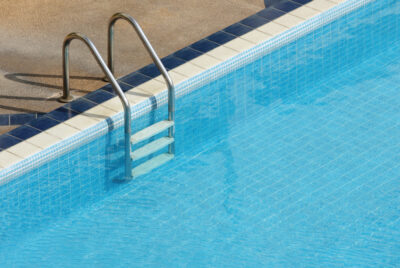Cranes are built to last, right? They can take the heaviest loads of heavy materials and lift them to great heights without breaking a sweat. However, like all machines, they need a bit of care to stay in top condition.
In other words, you should consider crane maintenance. Cranes are notoriously hard to maintain. It can’t just be done every once in a while, but every single day it’s in operation.
Why? Just because a machine hasn’t broken down doesn’t mean it won’t tomorrow. Read on to learn what maintenance your cranes need and when you should start the process.
Inspecting Your Crane for Safety
Before any use, operators should note any visible signs of wear and tear. Inspections should take into account the hoists, wires, hooks, and block brakes.
Look at the wiring, lights, and switches to make sure they have no visible damage. This also involves looking for any loose connections or other potential wiring problems.
Replace worn-out parts and check the crane’s capacity rating at regular intervals. Perform log book inspections and daily visual inspections to keep for crane safety.
Fighting Corrosion Caused by the Elements
Corrosion from elements such as rain, snow, and saltwater can damage the crane’s parts over time if not addressed. Inspect the exterior components of the crane for any rust or discoloration. You should also clean off any residue as soon as possible.
Treat outdoor crane parts with a protective coating that is designed to repel water and other moisture. If the weather is particularly cold, coat the crane with a de-icing product to protect it against freezing temperatures.
Use Diagnostic Software for Checks and Upgrades
Using crane diagnostics software will enable catching small issues before they become bigger problems. Diagnostics software can also be used to test the electrical, hydraulic, and pneumatic components of the crane.
It can identify motor overload, floating of control cables, control errors, and other system issues. Regular upgrades to the software further ensure it stays compatible with the crane and can detect any new issues.
For instance, Demag can offer wireless monitoring that lets you monitor and troubleshoot remotely. If you want to ensure proper functioning and identify potential problems, you can view this demag diagnostic software for more.
Properly Lubricating Crane Parts
All moving joints, slides, and metal surfaces should be lubricated often to prevent wear or rust formation. To properly lubricate, surfaces should be cleaned by using a brush and solvent.
Grease should then be worked into all lightly loaded surfaces, rollers, and other movable parts. Heavy-loaded surfaces, such as bushings and pins, should be lubricated using oil.
If using an aerosol lubricant, ensure its use on overhead cranes and is of a grade suitable for the operating temperature range. Oiling and greasing should be done regularly, according to the manufacturer’s recommended times.
A Guide to Crane Maintenance
Proper crane maintenance can ensure both the safety and longevity of it and your crew. With proper planning and personal safety in mind, maintenance should be done routinely.
Follow these basic guidelines to ensure your crane operates safely and efficiently. Schedule maintenance to keep your crane running smoothly!
Did you enjoy this topic? Then explore the rest of our blog.










